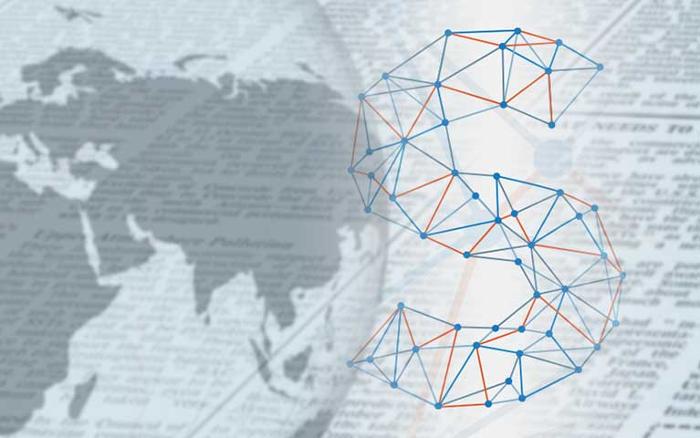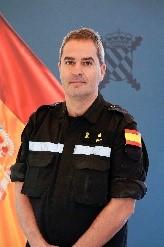

Juan Jesús Bru (UME): ‘Technology has now become an essential tool in emergency management'
Commander Juan Jesús Bru Castro, head of Communications and Information Systems section of the Headquarters of the Military Emergency Unit (UME), explains the importance of technology in the management of civil protection emergencies, where it allows for the integration of natural risks, derived from earthquakes, volcanic action, winter incidents, forest fires, etc.
How important is technology in emergency management?
First of all, I will focus the interview responses on civil protection emergencies, where natural hazards from earthquakes, volcanic action, winter incidents, forest fires, etc. can be integrated. Subsequently, I will affirm that technology has now become an essential tool in emergency management. We have countless examples proving that technological development has and always will allow more than significant progress in emergency management.
What technologies are enhancing systems?
In the telecommunications environment, the use of communications satellites in LEO orbits, low Earth orbit exploration and surveillance satellites makes it possible to increase more than considerably the bandwidth available anywhere on the globe and to improve the information available for emergency management and analysis.
Likewise, the ongoing evolution of mobile transmission systems, such as 5G, are enabling improved information system architectures. We talk about “slicing” (operation by which elements are extracted from a sequence, such as a list or a string of characters) for the development of private networks or have computing at the edge of a mobile 5G cell with the result of obtaining a private cloud within the emergency. These challenges are within reach.
Predictive analytics and the capacity that Big Data implements by analysing large volumes of data, allows patterns to be identified and events to be predicted with much greater accuracy. As an example of the development of these concepts, I would like to point to meteorological analysis and its predictive and mathematical models used in the "Cumbre Vieja" volcano on La Palma to determine its eruption patterns. Artificial Intelligence (AI) has been another technological breakthrough. The development of computing has made the mathematical models used in the various AI models feasible and has implemented more automated management models with a myriad of decision support aids.
What have been the most innovative developments in recent years?
AI is going to be a determinant that will enable faster management for prediction and citizen care. Drones and the ability to carry payloads with artificial intelligence will enable highly accurate management and decision-support models to be generated. Another very important line of innovation in emergency management is the development of IoT (Internet of Things). It provides large volumes of data to determine and predict emergencies.
What else will new technologies bring in the future?
The evolution of AI will set the path for the immediate future, where the most sophisticated systems will process data from multiple sources, enabling the automation of critical decisions and acting without human intervention. In the field of AI, it will improve the search and rescue operations efficiency by enabling rapid analysis of information (images and sensor data) to identify, for example, victims or affected areas. Another field where we will see major changes in the near future is robotics and drones. In the field of terrestrial telecommunications, the full development of the 3GPP 5G standard and the generation of new standards in 6G will bring major improvements.
The field of augmented reality and virtual reality will provide decision support and automation which, connected to the field of AI, will enable training models for people involved in decision-making processes. The application of blockchain will also add another layer of security in management. The blockchain will enable transparent and secure tracking of medical logistics resources and prevent distribution fraud through prevention.
How does technology help to enhance security?
When we think of technology, we tend to picture breakthroughs like quantum computing or lithium-titanium batteries. Technology generally allows us to increase safety, both by increasing the information available for assessment and management of the emergency itself and by helping people to perform their tasks with less risk, or even replacing them. In any case, any technological development that helps to deal with the emergency more quickly, efficiently and safely is welcome. This covers a wide spectrum, from the complex field of communications to seemingly simpler aspects of no lesser importance, such as the development of stronger and lighter fabrics for Personal Protective Equipment.





